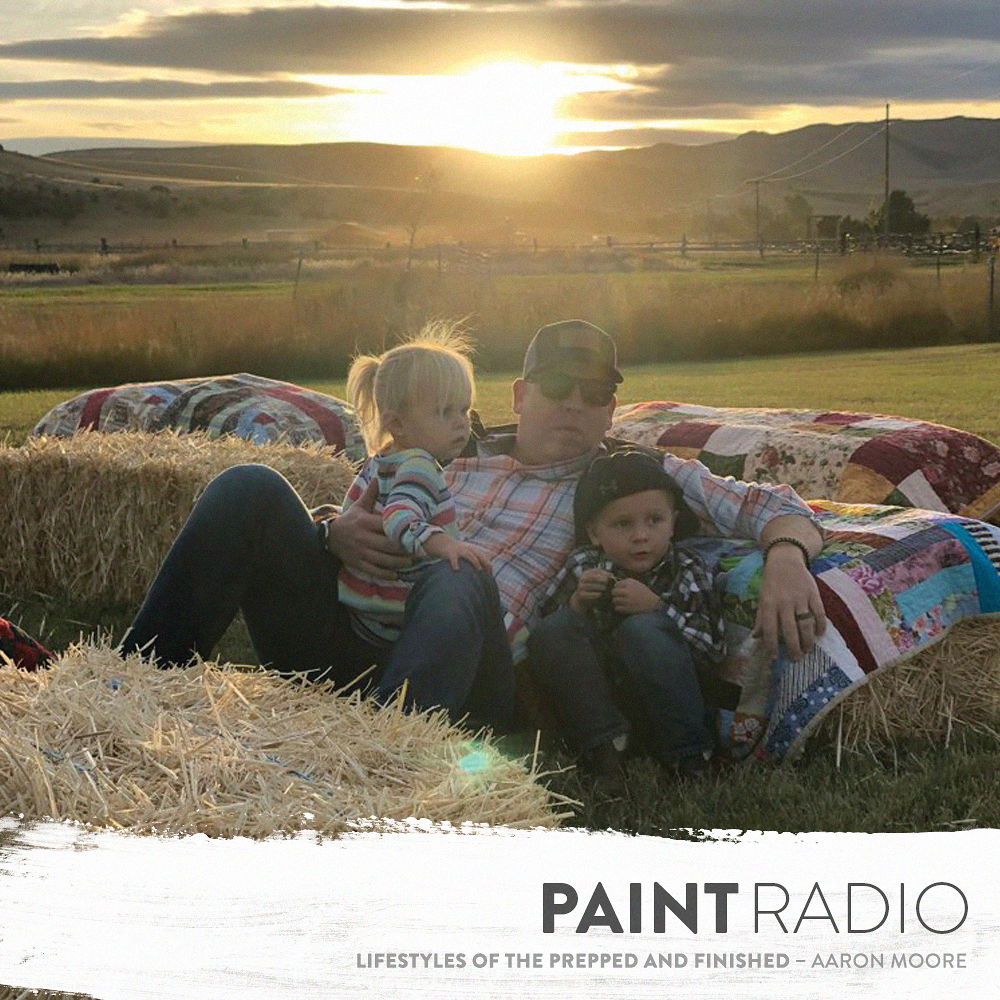It’s Time to Up Your Stain Game
17 June, 2019
17 June, 2019
By Megan Headley
Fancy you and your crew as stain masters or simply in the market to improve your stain finishes? Eddy Gonzales, owner of Finishes Unlimited in Campbell, Calif., has some insight on how expanding from just off the shelf stains can give you better finishes and better flexibility.
“The reason that we make our own stain is because that’s the only way it’s possible to replicate it,” he explains. “A lot of the stains that are sold off the shelf go out of compliancy in a year or so. They’re always changing the formula so you would have to rematch it anyway … But if I buy stain base and I buy colorants, that will be the same now as it will be in 10 years. They don’t change and they don’t go out of compliancy.”
Gonzales also says there’s ease in knowing you’ll never run out of product, that it’s only a quick mix away.
Another big benefit of mixing your own stain, Gonzales says, is that it can eliminate blotchiness on certain types of wood.
“Blotchiness is an issue that you are going to get with an over-the-shelf stain. Blotchiness in maple and alder and those types of woods come from alkaloids in oilbased stains. Using a lacquer-based stain eliminates those really ugly, blotchy looks,” Gonzales explains.
He adds, “Gone are the days where you would buy a whole bunch of different colors of stain and try to make something from off-the-shelf of the paint store. We just don’t do things that way.”
Finishes Unlimited starts their mix with a lacquer stain base. “We use UTC industrial colorants, all color-fast colorants, so basically non-fading industrial colorants,” he explains. The result is one of three options: a wipe-only stain, a spray and wipe, or a spray-only stain for the most rapid application.
Because they use a solvent-based finishing system, they apply a conversion varnish as a top coat.
The company also offers spray-only dye stains for darker color stains. “Most colors—a light to medium stain color—can be achieved with a spray or wiping stain. You need to go with two-stage color for a dark color like espresso,” Gonzales explains. “We would put down a dye stain first and then a wiping stain on top of that and then put on our conversion varnish on top of that.”
Gonzales notes that while wiping stains are generally pretty easy to mix and apply, dye stains are the most complex finishes. As an example of the challenges that dyestain jobs can pose, Gonzales shares one job for a client who wanted medium blue dye-stained maple cabinets.
“On that project, we were doing all dye stain and so all-spray application,” he explains. “When you’re doing a spray application of a dye stain or a spray stain—anything that’s non-wiping—each coat is going to alter that color. Most of the dye stains are probably three passes, but if you do four passes now you’ve gone too dark.”
Overcoming that challenge means that one person should be doing that job. “And, you should have all your doors laid out and stain them all at the same time, so they all look the same,” Gonzales advises.
The company keeps a log book of stain formulas they create as well as a sample for each one. “That’s our starting point,” Gonzales says. The log book and samples helps the company track their own shop-mixed “stock” stains. “I have a bunch of oak pieces, alder pieces and various other species of wood with say 10 colors of stain. I’ve tried to make these stock color selections so that we don’t have to do an eye match or create a color every time.”
However, the company’s mixers also do their own custom eye matches.


Of course, for every rule there’s an exception. When it comes to mixing your own stains, Gonzales says the exception is exterior applications.
“For exterior purposes, use over the shelf,” he advises. If this advice seems contrary, it’s because there’s more going into exterior stain than colorants alone.
“My stains are color-fast, but the exterior stain manufacturers are at another level,” Gonzales says. “When you buy something that’s specifically for exterior, they’re engineering all the color-fade out of that material. If you’re doing outside staining, you should probably be buying off-the-shelf.”

The labor behind the stain mixing, in addition to the application, can increase the cost—depending on the project.
By and large, Gonzales says, he charges for applying stain the same as paint. “It has to do with how many times you touch the wood. So, a stain process is stain and then two coats of conversion varnish, making it three-step process. My paint process is an undercoat and two coats of conversion varnish, so that’s a three-step process. They are very similar.”


But again, there are exceptions. “I do charge more for the dual-stage stains and I do absolutely charge for my time to match stains—especially if somebody comes in with one door. On a rate, that door is going end up costing somebody $300 to $400, just $150 for the eye match. It’s ridiculous. In the grand scheme of things, if we’re doing all the doors it’s probably $120 a door. But if somebody brings me one door, it could be as much as $400.”
Megan Headley is managing editor of APC magazine. She can be reached at editorial@paintmag.com.

As the world continues the battle to slow the spread of COVID-19,…
Read Now


Add new comment